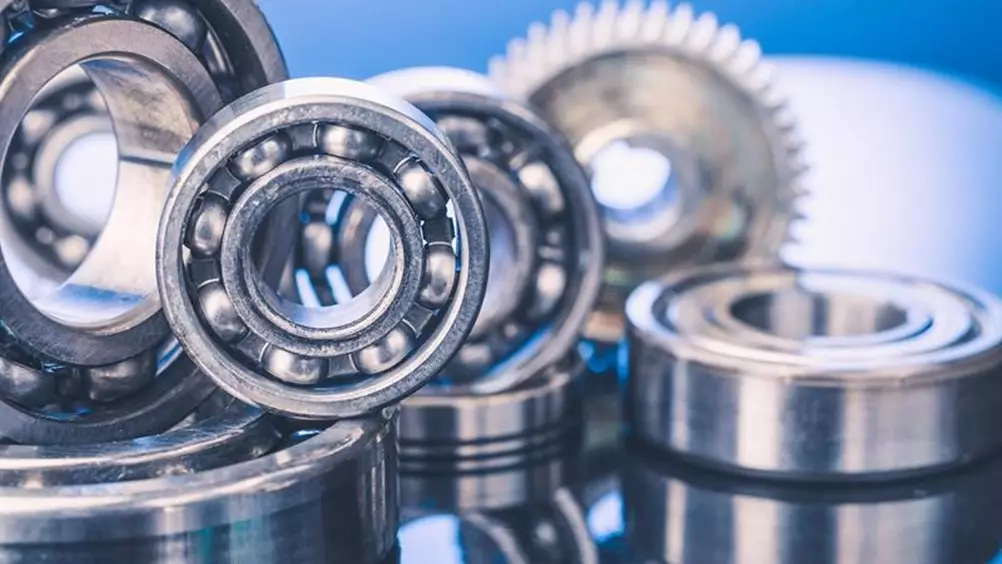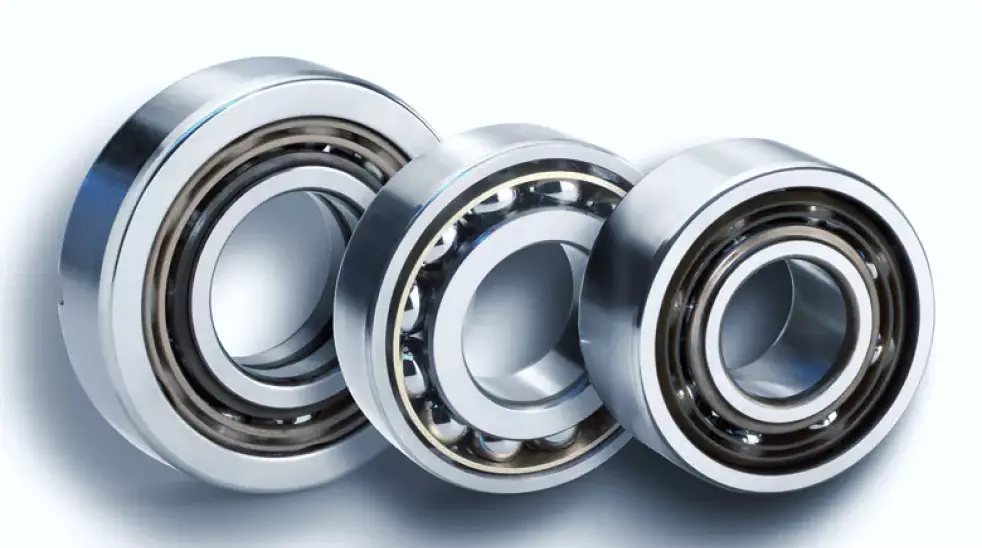
The Basics of Static Load Carrying Capacity in Bearings
The ability of bearings to withstand static and dynamic loads is essential for their proper functioning. Static load carrying capacity determines a bearing’s ability to withstand loads at rest. In this article, we will explore the importance of static load carrying capacity in bearing selection.
Calculation of Static Load Carrying Capacity in Bearings
When it comes to bearings, the static load carrying capacity is important. Static load refers to the maximum amount of weight or load that a bearing can support without permanent deformation. Calculating the static load carrying capacity is crucial to ensure that a bearing is suitable for a given application. We will discuss the formula and methods for calculating the static load carrying capacity in bearings.
Load Carrying Capacity from the Schaeffler Group
Formula for Calculating Static Load Carrying Capacity
The calculation of static load carrying capacity in bearings involves several factors, including the bearing geometry, material, and manufacturing process. The formula for calculating the static load carrying capacity of a bearing is given as:
C0 = (P0 / F0) x C
- C0 is the static load carrying capacity
- P0 is the static load applied to the bearing
- F0 is the appropriate load factor
- C is the basic dynamic load rating of the bearing
The load factor, F0, considers the type of bearing, the direction of the load, the lubrication conditions, and other factors that can affect the bearing’s performance. It is typically provided by the bearing manufacturer or can be found in bearing catalogs.
Methods for Calculating Static Load Carrying Capacity
To calculate the static load carrying capacity of a bearing, the following steps should be taken:
- Determine the static load applied to the bearing, P0, in units of Newtons (N) or pounds (lbs). This can be calculated based on the weight of the equipment or machinery that the bearing is supporting.
- Determine the load factor, F0, based on the bearing type and other relevant factors. This can be obtained from the bearing manufacturer or bearing catalogs.
- Determine the basic dynamic load rating, C, of the bearing, which is a value provided by the bearing manufacturer. It represents the load under which the bearing can operate for one million revolutions without experiencing failure.
- Use the formula C0 = (P0 / F0) x C to calculate the static load carrying capacity, C0, of the bearing.
Example Calculation
The basic formula for calculating static load carrying capacity is:
C0 = Fr / k
Where C0 is the static load carrying capacity, Fr is the applied radial load, and k is the bearing factor, which considers the bearing geometry and material properties. The bearing factor varies depending on the bearing type and size.
For ball bearings, the bearing factor k is calculated as:
k = (d / D)^(2/3) × (10/3 + 5 / 4 × e)
where d is the bore diameter, D is the outer diameter, and e is the contact angle. The contact angle is the angle between the line joining the centers of the balls and the raceway.
For roller bearings, the bearing factor k is calculated as:
k = 1 / (log10(Cr / Fr) – 0.15 × (n / 1000))
where Cr is the basic dynamic load rating, Fr is the applied radial load, and n is the rotational speed in revolutions per minute.
To calculate the static load carrying capacity, we need to determine the maximum allowable contact pressure between the rolling elements and raceways. This contact pressure is a function of the bearing geometry and the material properties. By applying Hertz’s contact theory, we can calculate the maximum allowable contact pressure and the corresponding static load carrying capacity.
For ball bearings, the maximum allowable contact pressure is calculated as:
p0 = 1.7 × E × (d / D)^(1/2)
where E is the Young’s modulus of the material.
For roller bearings, the maximum allowable contact pressure is calculated as:
p0 = (Cr / (0.116 × d × B))^0.3333
where B is the roller width.
Examples of how to calculate static load carrying capacity are available in bearing manufacturers’ catalogs and technical manuals. These examples provide specific formulas and tables for different bearing types and sizes.
Limitations of Static Load Carrying Capacity
It is important to note that the static load carrying capacity of a bearing has some limitations, which include:
- Temperature
The static load-carrying capacity of a bearing is affected by temperature. When the temperature of the bearing increases, its load carrying capacity decreases. This is because elevated temperatures can cause the bearing material to soften or lose its strength, leading to failure under a lower load.
- Time
The static load carrying capacity of a bearing is based on short-term loading, typically just a few seconds. If a bearing is subjected to a static load for a longer period, it can cause fatigue failure and reduce the load carrying capacity.
- Vibration and Shock
The static load-carrying capacity of a bearing is not suitable for applications with vibration or shock loads. Vibration and shock loads can cause the bearing to deform or fail, even if the load is within the static load-carrying capacity.
- Lubrication
The static load carrying capacity of a bearing assumes that the bearing is adequately lubricated. Insufficient lubrication can cause the bearing to fail, even if the load is within the static load carrying capacity.
- Alignment
The static load carrying capacity of a bearing assumes that the bearing is perfectly aligned. Misalignment can cause the bearing to fail, even if the load is within the static load carrying capacity.
Importance of Static Load Carrying Capacity in Bearing Selection
The static load carrying capacity of a bearing is closely related to its material composition, design, and manufacturing process. Bearings with higher static load carrying capacity are typically made from stronger materials and have a more robust design that can withstand heavy loads. In contrast, bearings with lower static load carrying capacity are usually made from softer materials and have a more delicate design that is suitable for lighter loads.
When a bearing is subjected to loads that exceed its static load carrying capacity, it can lead to permanent deformation or damage, which can affect its performance and lifespan. For example, if a bearing is exposed to heavy loads that it cannot support, it may experience plastic deformation, resulting in increased friction and reduced efficiency. In extreme cases, the bearing may fail, leading to costly downtime and potentially hazardous situations.
To ensure that bearings have a sufficient static load carrying capacity, it is crucial to consider several factors during the selection process. These factors include the expected loads, the operating conditions, and the desired level of reliability and performance. It is also essential to consider the type of bearing, such as ball bearings, roller bearings, or plain bearings, as each type has its unique static load carrying capacity characteristics.
Conclusion
The static load carrying capacity is important when selecting bearings for any application. A bearing with a higher static load carrying capacity can provide better performance, reliability, and lifespan, while a bearing with a lower static load carrying capacity may lead to premature failure and safety risks. By considering the expected loads and operating conditions, as well as the desired level of reliability and performance, engineers can select the most suitable bearing with the appropriate static load carrying capacity for the application.
Still have a question or need to discuss something? Contact us to get help.


